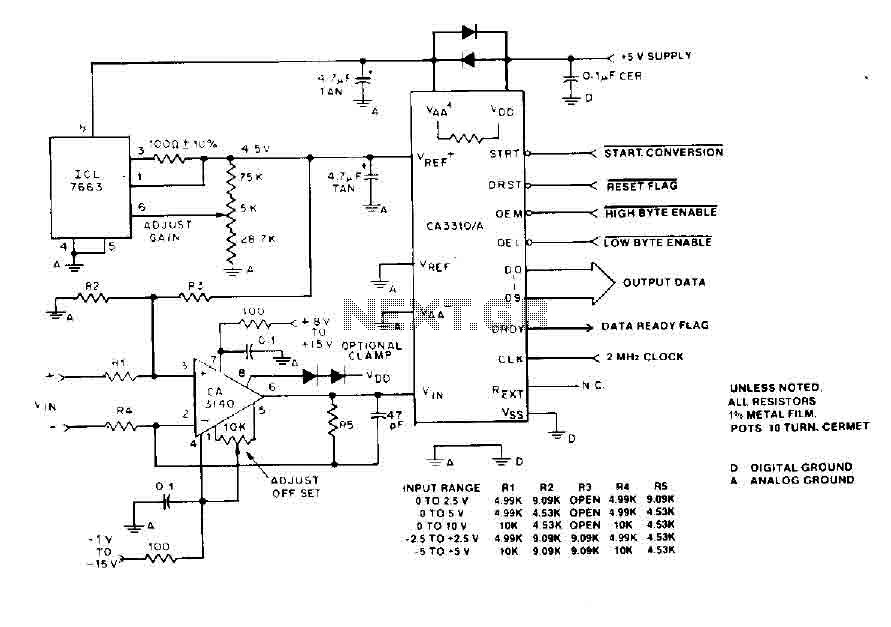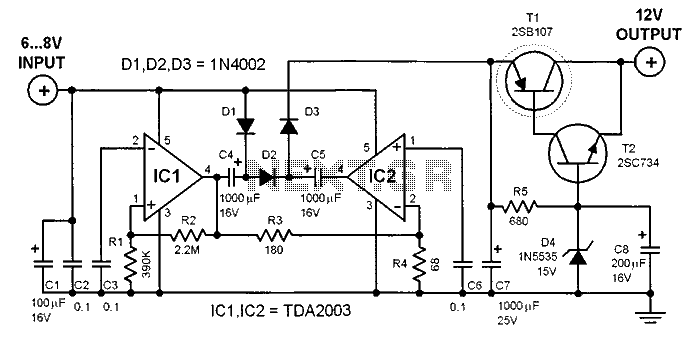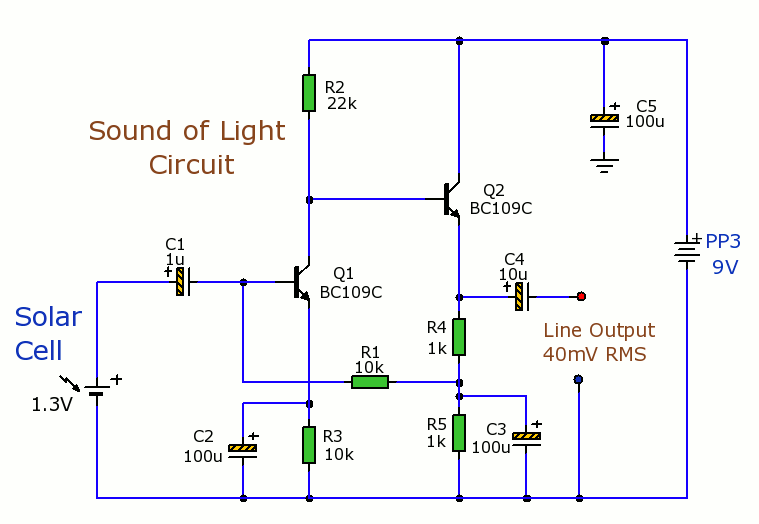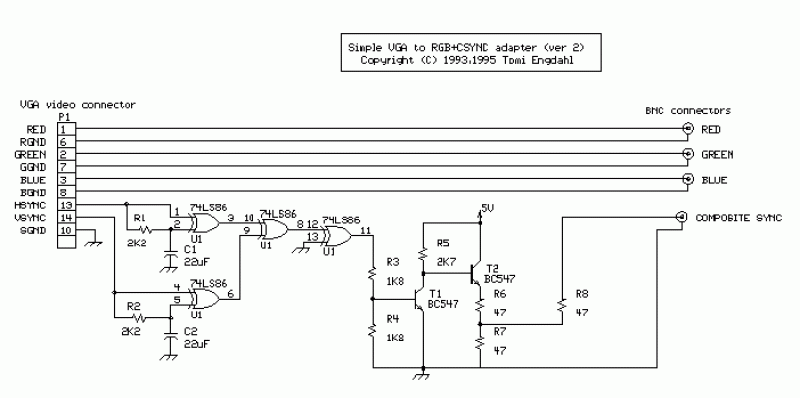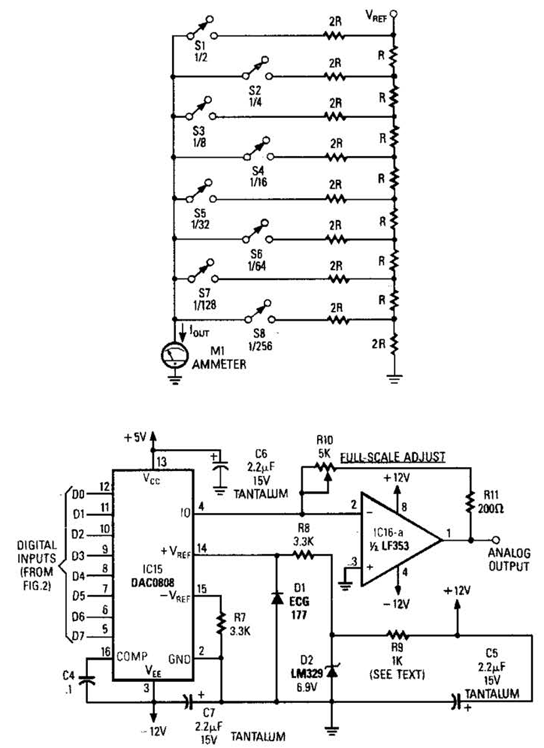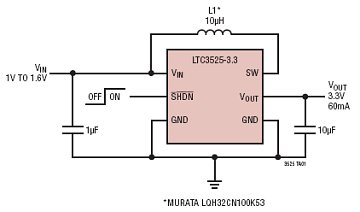
Current-to-voltage converter

A filter removes the DC component of the rectified AC, which is then scaled to RMS. The output is linear from 40 Hz to 10 kHz or higher.
The described circuit primarily consists of a filter designed to eliminate the direct current (DC) component from a rectified alternating current (AC) signal. This is typically achieved using a combination of capacitors and resistors configured in a low-pass filter arrangement. The purpose of this filter is to allow the alternating current component of the signal to pass while blocking any DC offset, thereby ensuring that the output signal accurately represents the AC waveform without any DC bias.
After the filtering process, the signal is scaled to represent its root mean square (RMS) value, which is a crucial measurement in AC signal processing. The RMS scaling can be performed using an RMS-to-DC converter, which provides a stable output voltage proportional to the RMS value of the input AC signal. This conversion is essential for applications where accurate power calculations or signal analysis are required.
The circuit’s output is specified to be linear across a frequency range from 40 Hz to 10 kHz or higher. This linearity indicates that the filter and scaling circuitry can accurately reproduce the input signal characteristics within this frequency range, making the circuit suitable for audio applications, signal processing, and other electronic systems where fidelity of the AC signal is critical. The ability to maintain linearity over this range ensures minimal distortion and accurate representation of the original signal, which is vital for high-quality audio and precise measurements in various electronic applications.A filter removes the dc component of the rectified ac, which is then scaled to RMS The output is linear from 40 Hz to 10 kHz or higher. 🔗 External reference
The described circuit primarily consists of a filter designed to eliminate the direct current (DC) component from a rectified alternating current (AC) signal. This is typically achieved using a combination of capacitors and resistors configured in a low-pass filter arrangement. The purpose of this filter is to allow the alternating current component of the signal to pass while blocking any DC offset, thereby ensuring that the output signal accurately represents the AC waveform without any DC bias.
After the filtering process, the signal is scaled to represent its root mean square (RMS) value, which is a crucial measurement in AC signal processing. The RMS scaling can be performed using an RMS-to-DC converter, which provides a stable output voltage proportional to the RMS value of the input AC signal. This conversion is essential for applications where accurate power calculations or signal analysis are required.
The circuit’s output is specified to be linear across a frequency range from 40 Hz to 10 kHz or higher. This linearity indicates that the filter and scaling circuitry can accurately reproduce the input signal characteristics within this frequency range, making the circuit suitable for audio applications, signal processing, and other electronic systems where fidelity of the AC signal is critical. The ability to maintain linearity over this range ensures minimal distortion and accurate representation of the original signal, which is vital for high-quality audio and precise measurements in various electronic applications.A filter removes the dc component of the rectified ac, which is then scaled to RMS The output is linear from 40 Hz to 10 kHz or higher. 🔗 External reference
